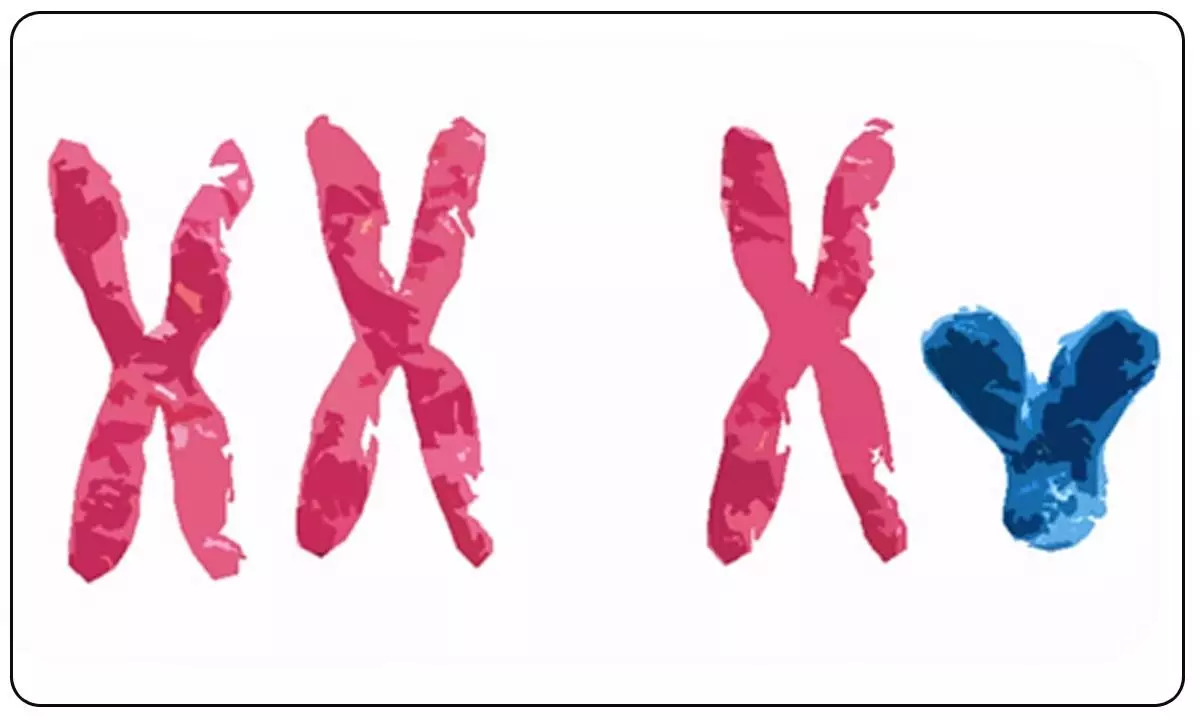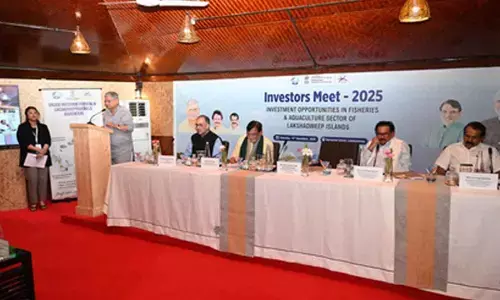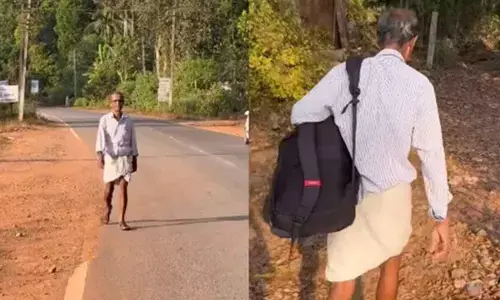Chromosomes may explain why men experience severe Covid
Share :

XY chromosomes may be the reason that globally males were more likely than females to be hospitalised or admitted to the ICU or to die from Covid-19 despite having similar infection rates, finds a study.
Toronto: XY chromosomes may be the reason that globally males were more likely than females to be hospitalised or admitted to the ICU or to die from Covid-19 despite having similar infection rates, finds a study.
The pre-clinical research, published in the journal iScience, has yet to be replicated in humans, but points to the ACE2 protein as a key contributor to differences in Covid-19 outcomes between males and females.
"Covid-19 severity and mortality are much higher in males than in females, but the reasons for this remain poorly understood," said Haibo Zhang, a staff scientist at St. Michael's Hospital, and a Professor of anesthesiology and pain medicine, and physiology at the University of Toronto.
Located on the cell's outer surface, ACE2 plays an important role in controlling blood pressure and inflammation and protecting organs from damage caused by excess inflammation.
During a SARS-CoV-2 infection, the coronavirus spike protein locks on to ACE2 to enter the cell. The gene encoding the ACE2 protein is located on the X chromosome, which means that females have two copies of the gene and males only have one.
In times of health, the extra copy of the gene for ACE2 doesn't appear to make a difference - Zhang and his team found similar levels of ACE2 protein in healthy males and females.
Following a SARS-CoV-2 infection, however, they observed a dramatic decrease in ACE2 in males while levels remained consistent in females, suggesting that the additional copy of the ACE2 gene on the X chromosome is helping to compensate and maintain high protein levels in females, the study showed.
The changes in ACE2 levels were also correlated with a drop in oestrogen hormone signalling in males, which could also contribute to the sex-specific differences in Covid-19 outcomes.
To test whether low levels of ACE2 were responsible for the more severe outcomes seen in males with Covid, the researchers devised a therapeutic approach using an inhaler to deliver lab-made ACE2 proteins directly into the lungs.
Males who received a daily puff of ACE2 after SARS-CoV-2 infection had less virus in their lungs, less lung injury and higher levels of oestrogen signalling.
Together, these results paint a clearer picture of how the extra copy of the ACE2 gene and higher oestrogen levels in females work together to protect them from experiencing more severe Covid, the team said.
"A common misconception is that an increased presence of ACE2 receptors would result in a higher infection rate," Zhang said.
"However, the enhanced activation of ACE2 in females actually serves as a compensatory mechanism during infection that's aimed at safeguarding the lungs and other vital organs from potential damage."
In males who lack the second copy of the gene, much of the existing ACE2 gets co-opted by SARS-CoV-2 during an infection.
As a result, there is not enough of the protein to fulfil its usual functions of tamping down inflammation and preventing organ damage. The extra dose of ACE2 delivered by inhaler serves as a decoy to glom onto the coronavirus, thereby preventing it from entering cells while also keeping the native ACE2 proteins free to exert protective effects.
















